While Apollo 14 astronauts Alan B. Shepard and Edgar D. Mitchell explored the lunar surface at the Fra Mauro landing site, Stuart A. Roosa orbited the Moon aboard the Command Module (CM) Kitty Hawk. He conducted experiments and made observations of the lunar surface, including photographing potential landing sites for future Apollo missions. After their 33-hour stay on the surface, Shepard and Mitchell rejoined Roosa in lunar orbit. On Feb. 6, 1971, after completing 34 lunar orbits lasting 66 hours and 35 minutes, the three crew members fired their spacecraft’s engine to start their three-day journey back to Earth. During the journey home, the astronauts conducted several experiments taking advantage of the unique weightless environment before preparing for their splashdown and recovery.
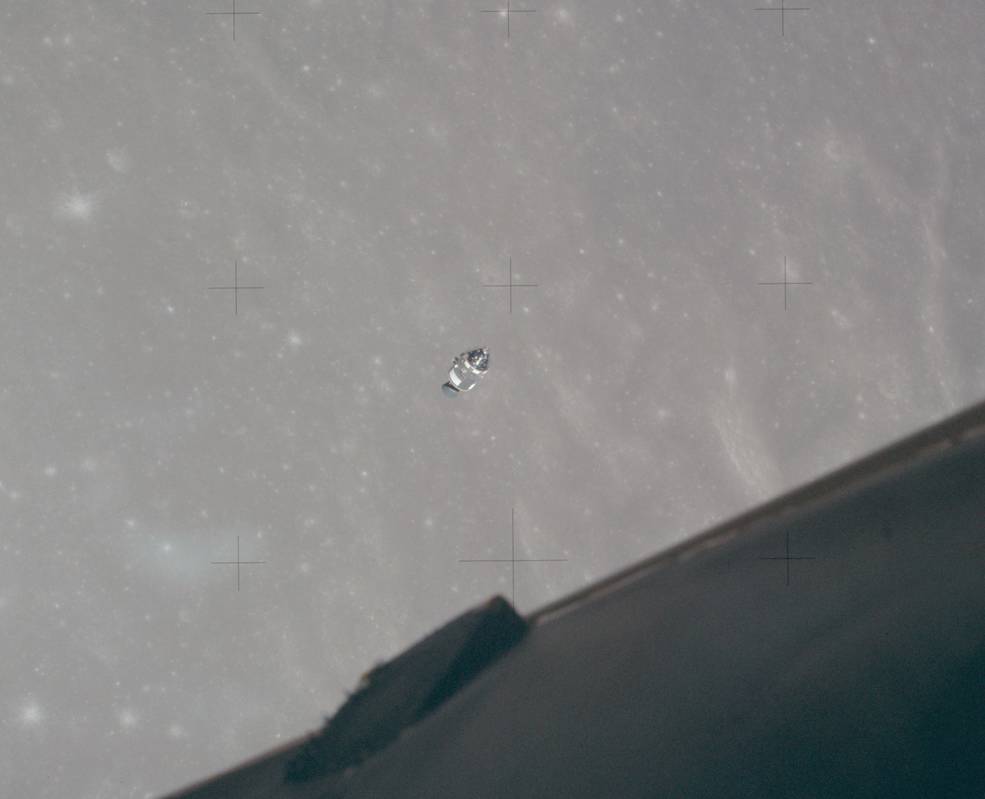
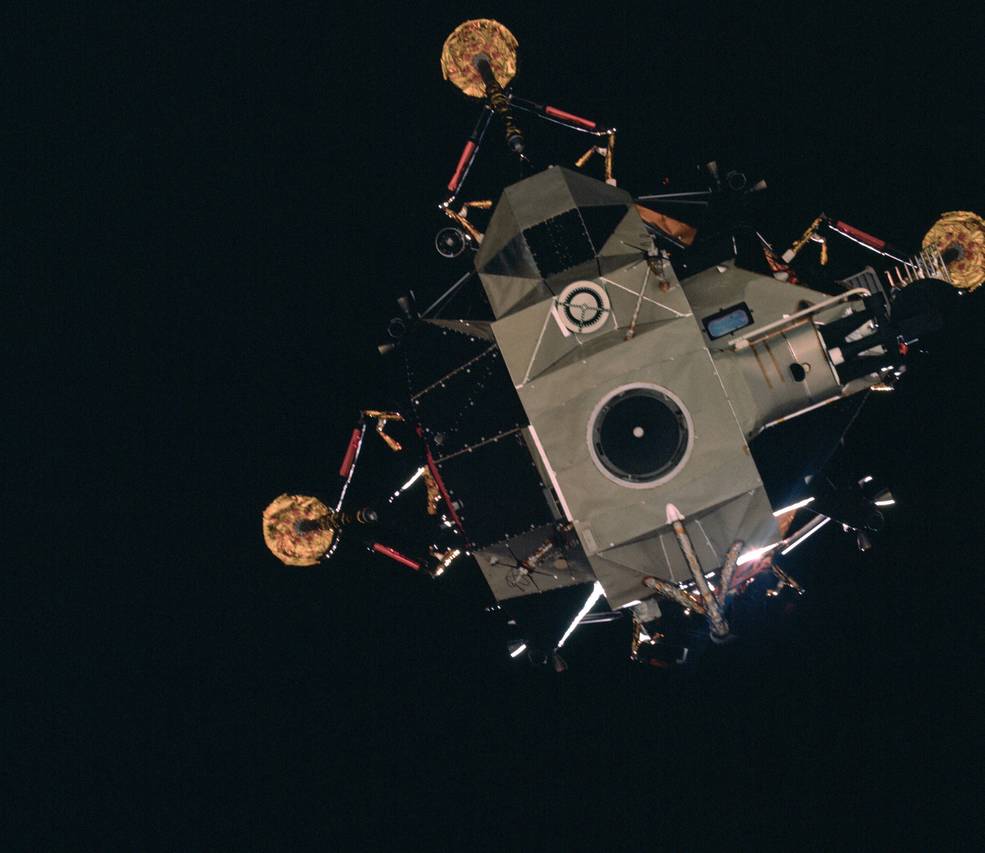
Left: The Apollo 14 Command and Service Module Kitty Hawk photographed in lunar orbit by astronauts Alan B. Shepard and Edgar D. Mitchell shortly after they separated aboard the Lunar Module Antares. Right: Antares photographed from Kitty Hawk by Stuart A. Roosa shortly after undocking.
After entering lunar orbit on Feb. 4, 1971, the astronauts fired the Service Propulsion System (SPS) engine for 21 seconds to change their orbit to one 67 miles by 10 miles, a procedure used for the first time on Apollo 14. By using the large SPS engine to reduce the low point of their orbit, the Lunar Module (LM) retained additional fuel margin for the descent to and landing on more rugged terrain than attempted on previous missions. Settled in their new orbit, the crew began their fourth sleep period of the mission. The next morning, the astronauts donned their spacesuits, and Shepard and Mitchell transferred to the LM Antares, leaving Roosa aboard Kitty Hawk. The two spacecraft undocked on their 12th revolution around the Moon, and Roosa fired the SPS engine for 4 seconds to put the spacecraft back into a circular 60-mile high orbit as Shepard and Mitchell aboard Antares prepared for their landing in the Fra Mauro highlands. In the Mission Control Center (MCC) at the Manned Spacecraft Center, now NASA’s Johnson Space Center in Houston, Flight Director Glynn S. Lunney and his controllers known as the Black Team sat at their consoles, with NASA astronaut Ronald E. Evans serving as capsule communicator (capcom) for the start of Roosa’s solo flight.
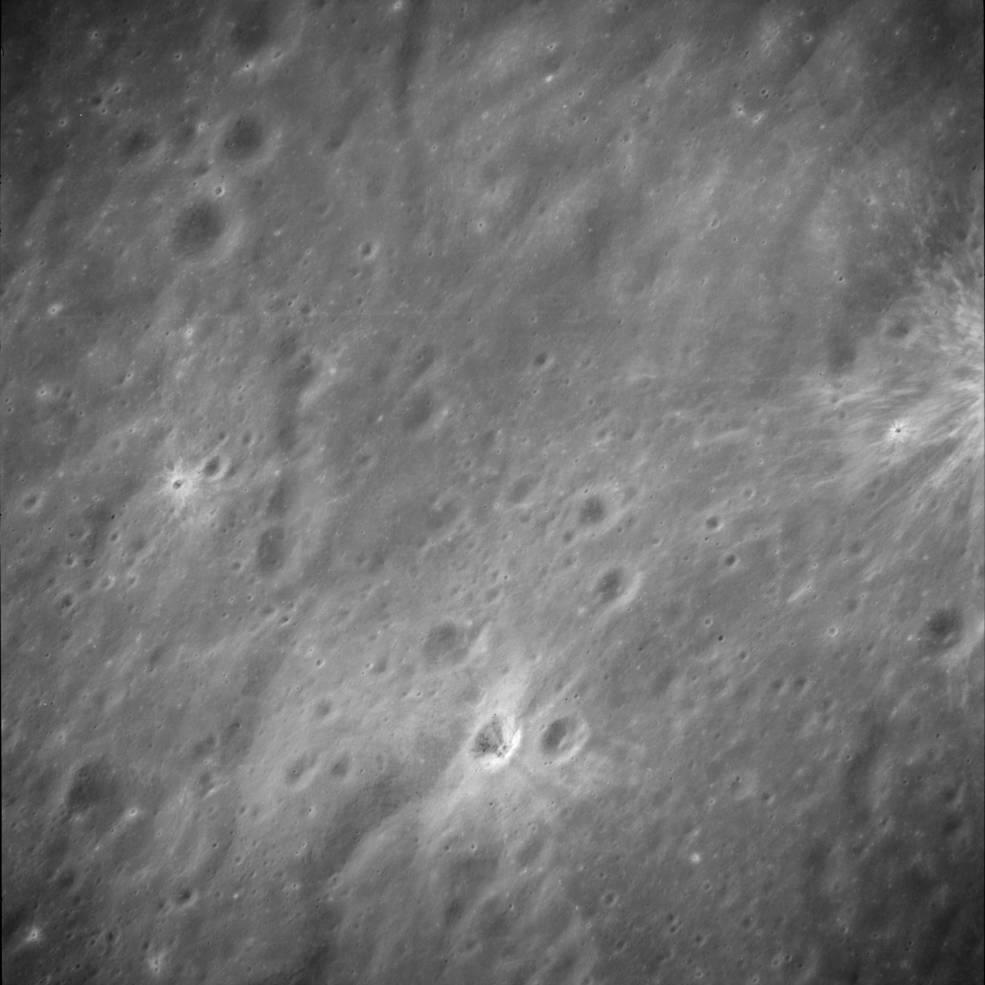
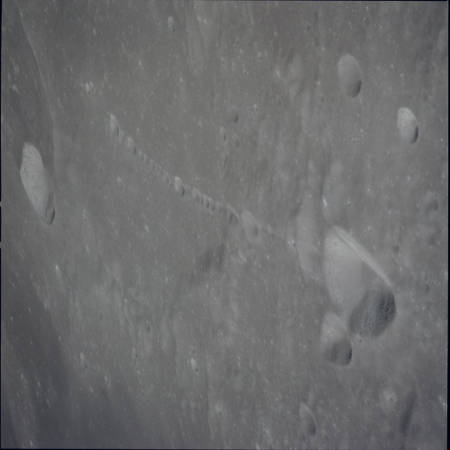
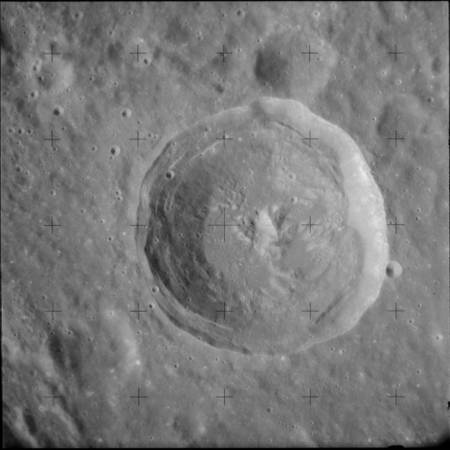
Left: Image of the Descartes region, a candidate landing site for the Apollo 16 mission. Middle: The Davy crater formation, also considered as a potential landing site for a future Apollo mission. Right: The Herschel Crater.
One of Roosa’s prime tasks during his solo lunar orbital flight was high-resolution photography of candidate landing sites for future Apollo missions. He captured numerous high-quality images of the Descartes region, a leading choice for the Apollo 16 landing, and other areas of interest. As Roosa passed over the Fra Mauro landing site on Kitty Hawk’s 17th revolution, he spotted the LM Antares and, in particular, its shadow on the lunar surface through the spacecraft’s optics. On a later pass, Roosa spotted a reflection from the insulation on one of the Apollo Lunar Surface Experiment Package instruments. He performed a 19-second plane change maneuver during the spacecraft’s 19th revolution, to better align for the later rendezvous and docking with Antares. On his 21st revolution, Roosa began his sleep period at about the same time Shepard and Mitchell settled into their rest period between the two moonwalks. Unlike his crewmates on the surface who grabbed four hours of uneasy shuteye in their hammocks slung across the cramped LM, Roosa luxuriated in a nine-hour sleep period, having the CM all to himself. As part of a joint project with the U.S. Forest Service, Roosa carried with him about 500 seeds from five species of trees – loblolly pine, sycamore, sweetgum, redwood, and Douglas fir. After their return from the Apollo 14 mission, the Forest Service germinated hundreds of the seeds and planted dozens of the seedlings throughout the United States. These became known as “Moon Trees” and today, hundreds of first- and second-generation trees are planted throughout the world.
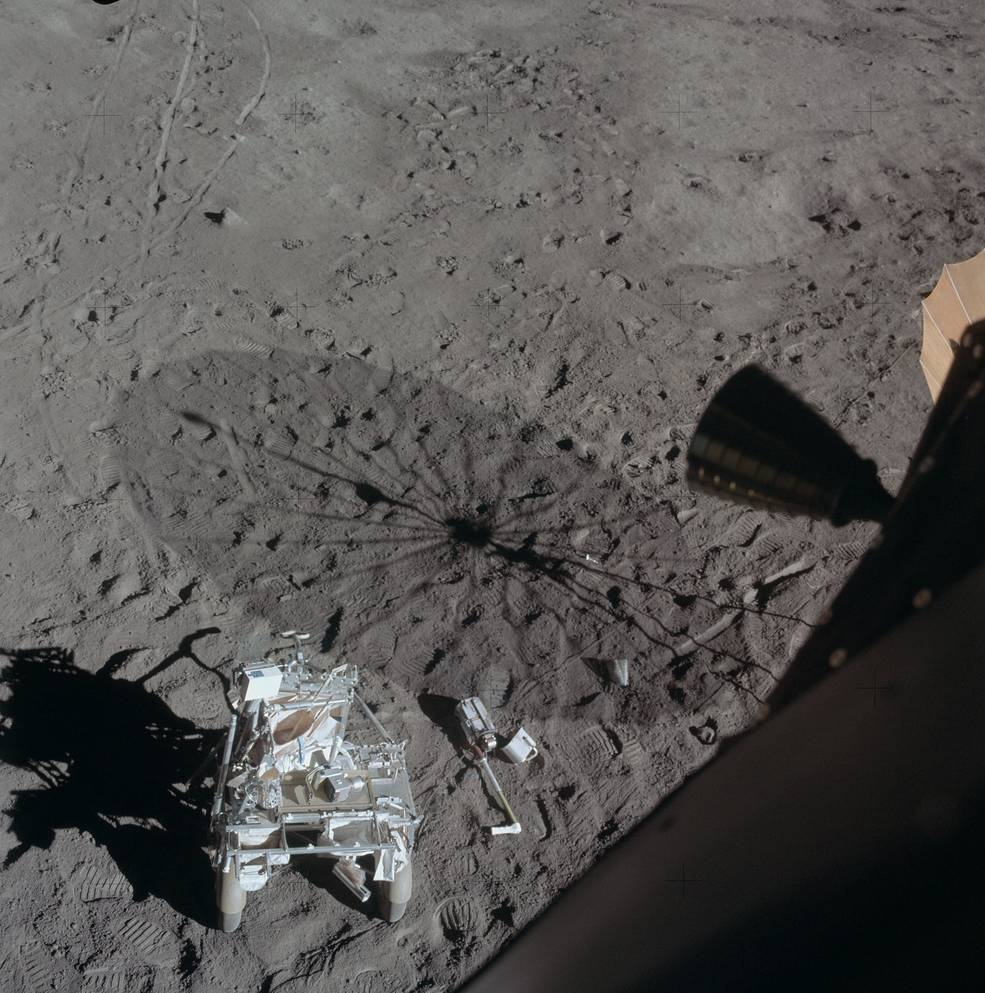
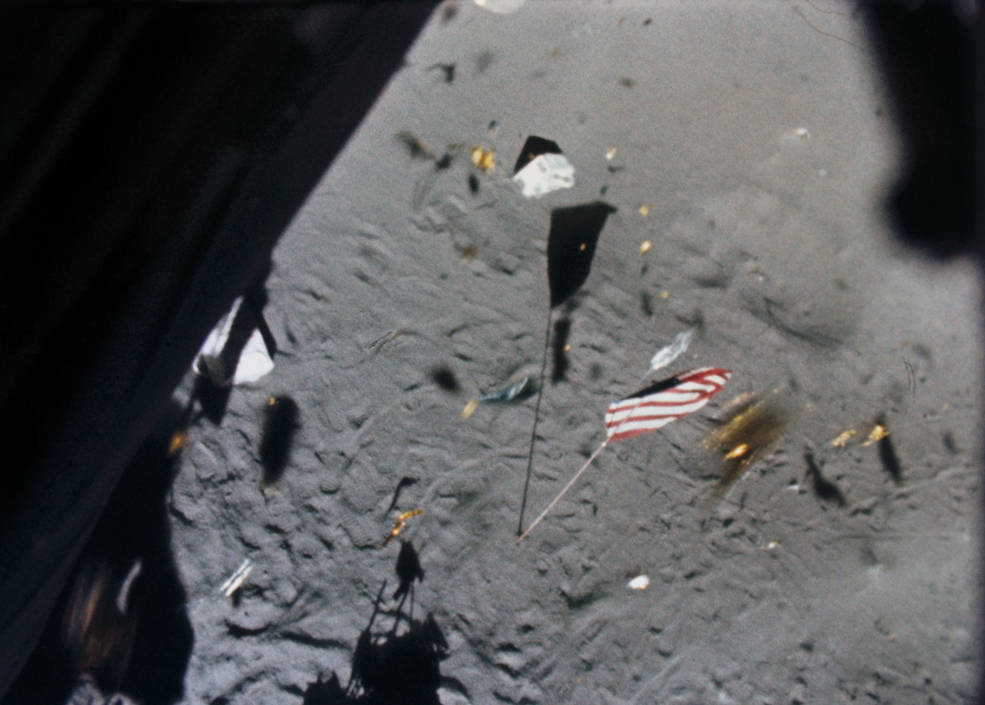
Left: A view from the Lunar Module Antares’ right-hand window following the second moonwalk, showing the Modular Equipment Transporter and the shadow of the S-band antenna. Right: A still image from a 16 mm film moments after Antares lifted off from the lunar surface..
On the lunar surface, Shepard and Mitchell prepared Antares for liftoff. When they tested the thrusters, the exhaust knocked over the S-band antenna. Roosa aboard Kitty Hawk came around from the lunar backside on his 31st revolution around the Moon. Precisely on schedule, the LM’s ascent stage engine ignited, lifting Shepard and Mitchell off the lunar surface after a record stay of 33 hours and 30 minutes. Ascending vertically for the first 10 seconds, Antares pitched over to continue its climb to orbit, with the engine burning for 7 minutes and 12 seconds. For the first time on Apollo 14, the LM followed a direct ascent trajectory to rendezvous with the CM, saving time and propellant. After reaching orbit, Antares made several additional burns to match Kitty Hawk’s orbital parameters and begin the rendezvous phase. As Antares approached to within 70 feet of Kitty Hawk, Roosa commanded the CM to complete one rotation in the pitch plane so Shepard and Mitchell in the LM could inspect it, finding it in excellent condition. Roosa then brought Kitty Hawk in for docking with Antares, with no recurrence of the problem they had on the mission’s first day.
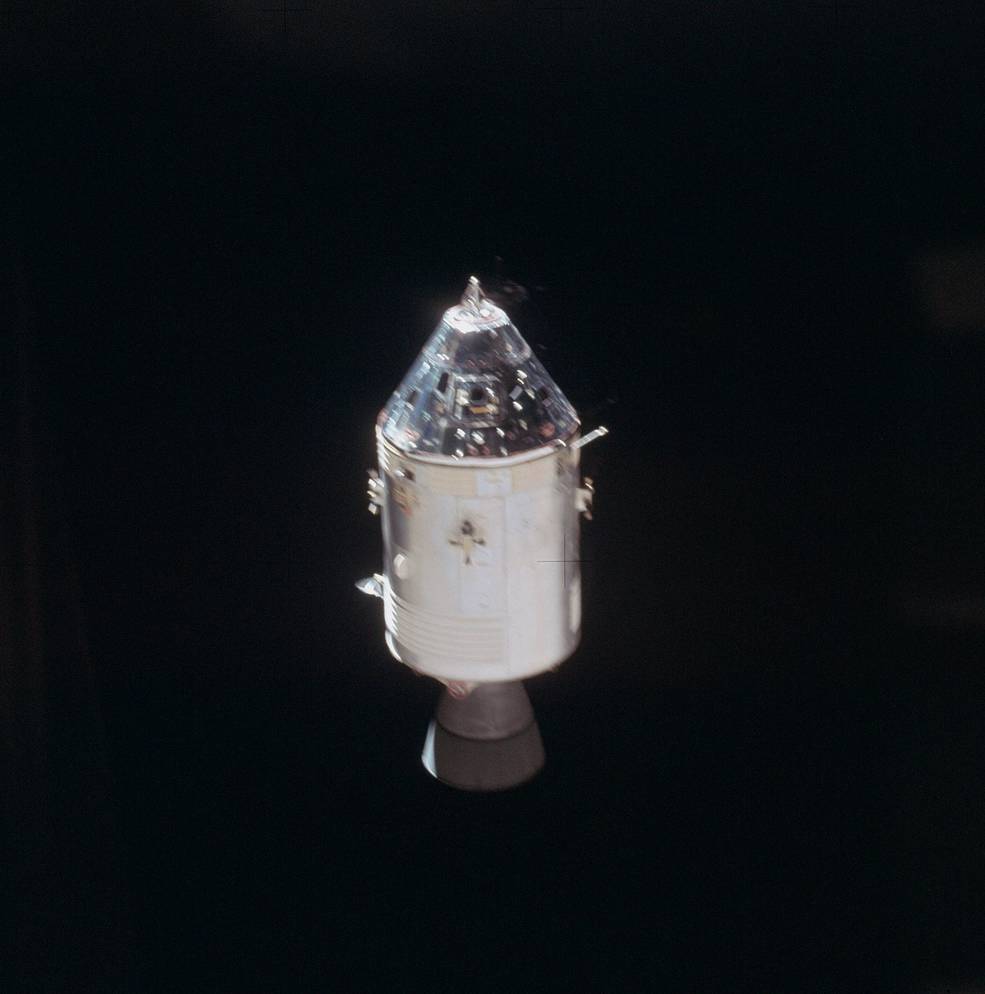
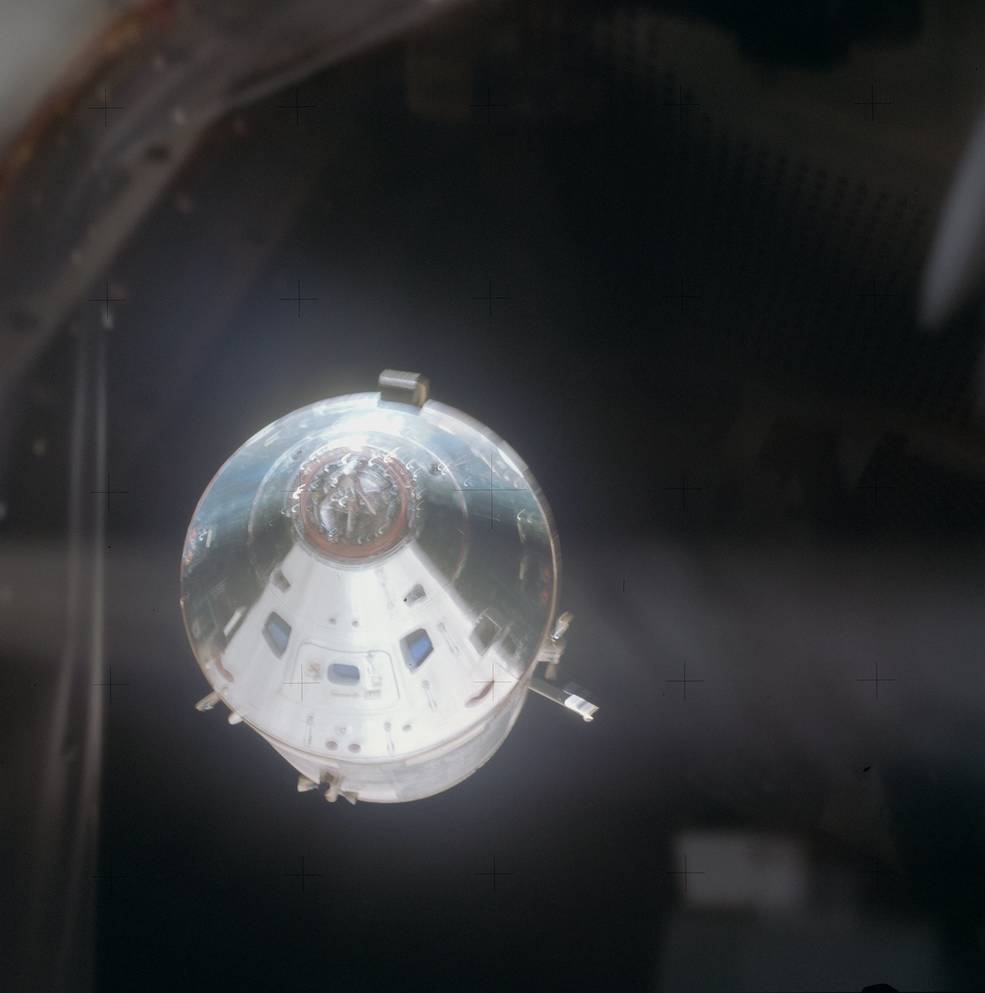
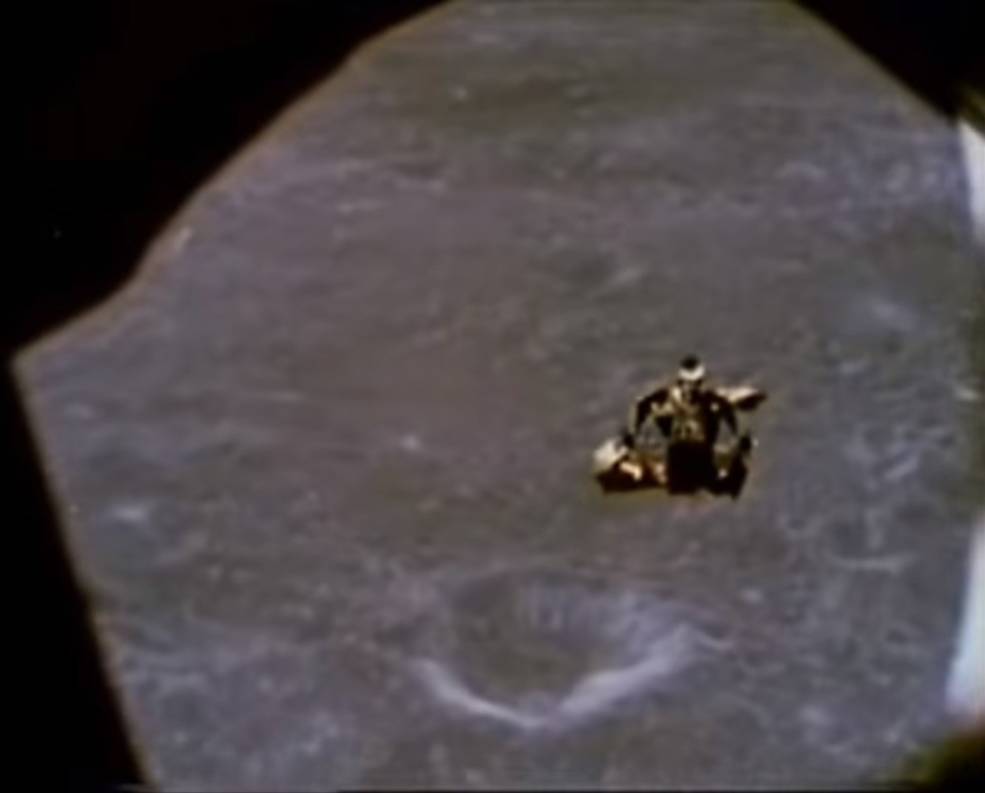
Left: Apollo 14 Command Module Kitty Hawk completes a full rotation during the rendezvous and docking in lunar orbit. Middle: Kitty Hawk approaches the Lunar Module Antares for docking. Right: Antares approaches Kitty Hawk for the docking.
The astronauts equalized the pressures between the two spacecraft and opened the hatches. They followed this by transferring all the required items from Antares to Kitty Hawk, including the rock boxes and other sample containers, cameras and film magazines, as well as the docking probe that engineers in Houston wanted to examine for any clues to the first-day docking problems. All the transfers completed, they closed the hatches between the two spacecraft, and in Mitchell’s words, “we bid sayonara to Antares.” The LM still had one more task ahead. About one-and-a-half hours after separation, as the astronauts began their final orbit around the Moon, Antares fired its reaction control system thrusters for 76 seconds to send it on a trajectory to impact the lunar surface. The seismometer at the Apollo 12 landing site and the one just deployed at Fra Mauro both registered the impact, the resulting seismic signal lasting 1.5 hours.
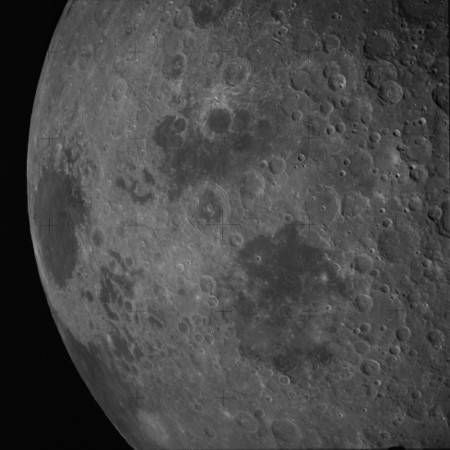
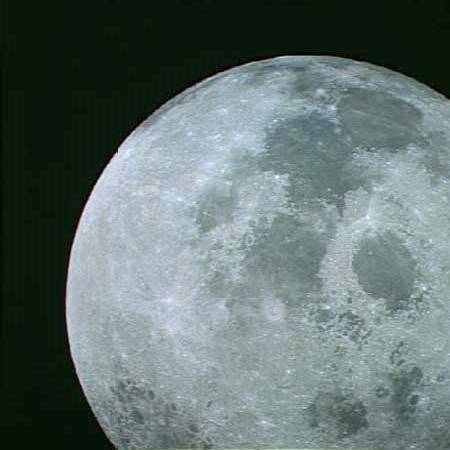
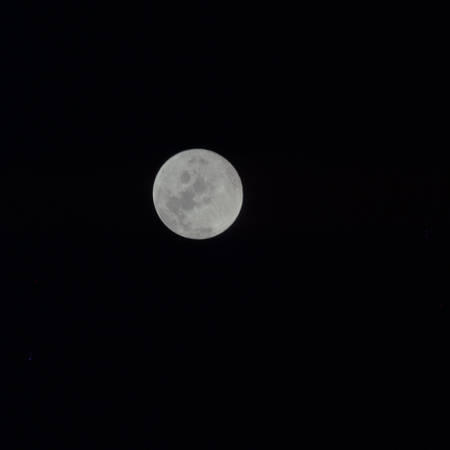
Three images of the Moon taken after the Trans-Earth Injection maneuver that placed Apollo 14 on a path to Earth. Visible features include the Sea of Crises, the Sea of Tranquility, and the Sea of Serenity.
Although Kitty Hawk passed over Antares’ impact point, the astronauts were unable to observe the crash. About 20 minutes later, on its 34th orbit, Apollo 14 disappeared behind the Moon for the last time. Half an hour after that, Kitty Hawk’s SPS engine fired for 2 minutes and 29 seconds for the Trans-Earth Injection maneuver that took them out of lunar orbit and sent them on their way home. Shepard, Roosa, and Mitchell busied themselves with photographing the lunar surface as it began to quickly drop away, prompting Shepard to comment, “we’re making like tourists with the cameras right now.” The sightseeing done, they placed their spacecraft in the passive thermal conditioning, or barbecue, mode to equalize temperatures across the vehicle and prepared for a much-deserved rest period. By the time they settled down to sleep, they had traveled more than 10,000 miles from the Moon.
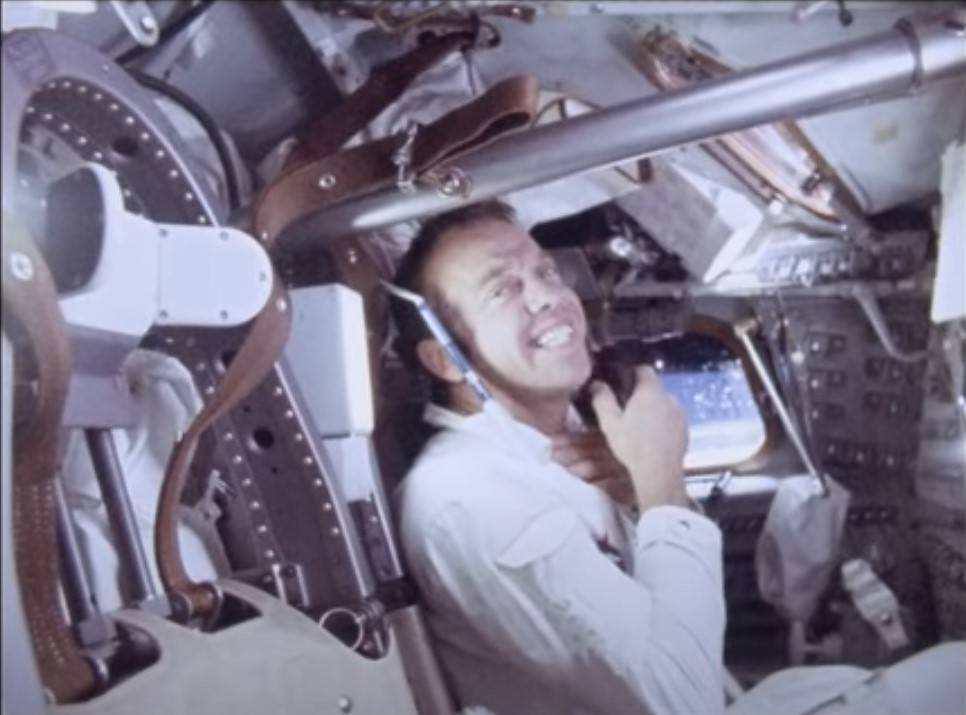
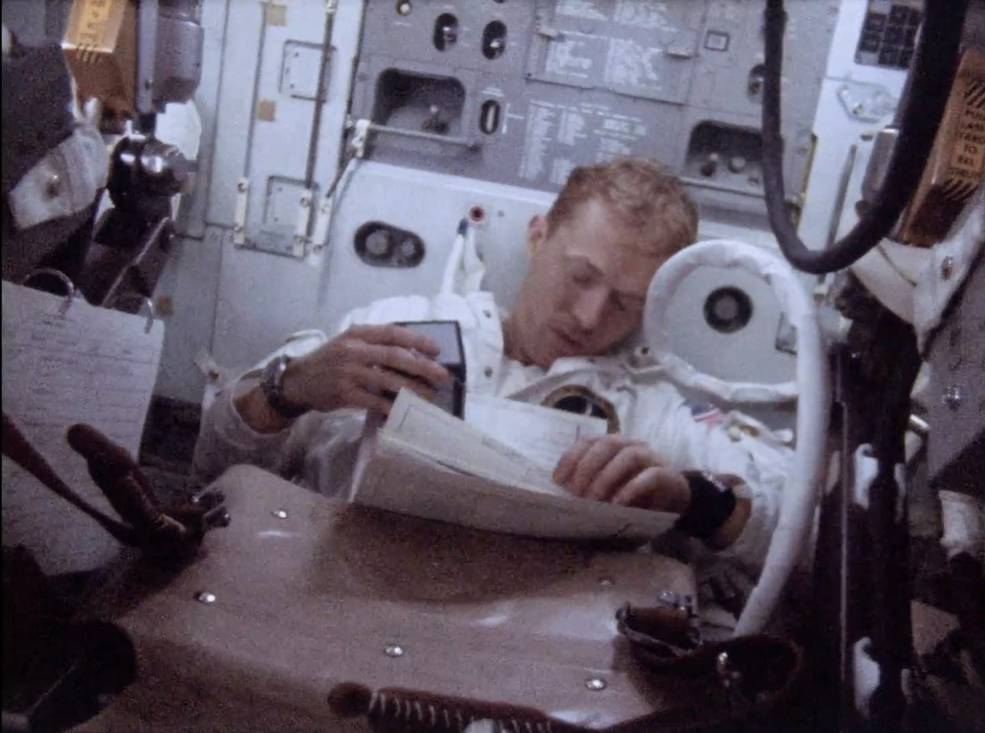
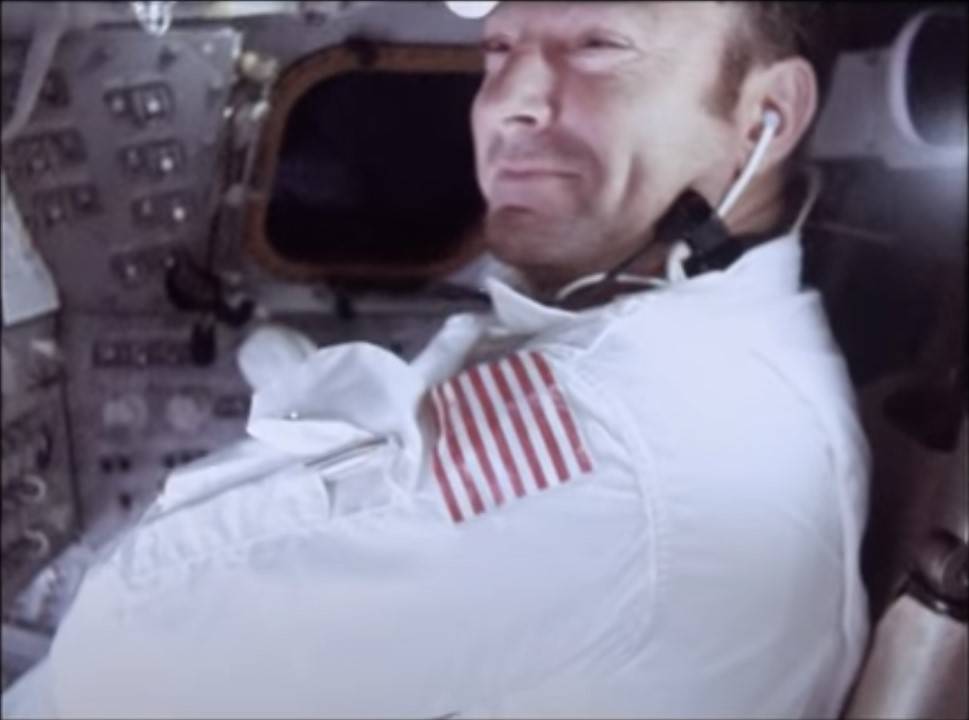
Left: Apollo 14 astronaut Alan B. Shepard enjoys a shave during the journey back to Earth. Middle: Stuart A. Roosa pores over a checklist. Right: Edgar D. Mitchell enjoys a moment of relaxation.
While the astronauts slept, their spacecraft crossed an invisible barrier, entering the Earth’s sphere of influence, where the Earth’s stronger gravity field overtook the Moon’s. From this point on, Apollo 14 continued to accelerate toward its meeting point with the Earth’s atmosphere. The main activity during their seventh day in space consisted of a minor midcourse correction maneuver to adjust their trajectory into the atmosphere slightly. Two of the Service Module’s reaction control thrusters fired for about 3 seconds to accomplish the maneuver. During the coast back to Earth, the astronauts conducted a series of experiments and demonstrations that utilized the unique weightless environment of spaceflight. These activities included:
- The Window Meteoroid experiment studied impacts on the windows of the CM to obtain information about the size distribution of very small micrometeorites.
- The Composite Casting Experiment studied the solidification of immiscible compositions in microgravity.
- The Electrophoresis Demonstration studied the separation of organic molecules in an electric field.
- The Heat Flow and Convection Demonstration studied convective flow and heat transport driven by surface tension.
- The Liquid Transfer Demonstration studied how different types of tank design influenced the pumping of liquids between tanks in microgravity.
- The Light Flashes Experiment studied light flashes seen by the crew that are related to charged particles in space.
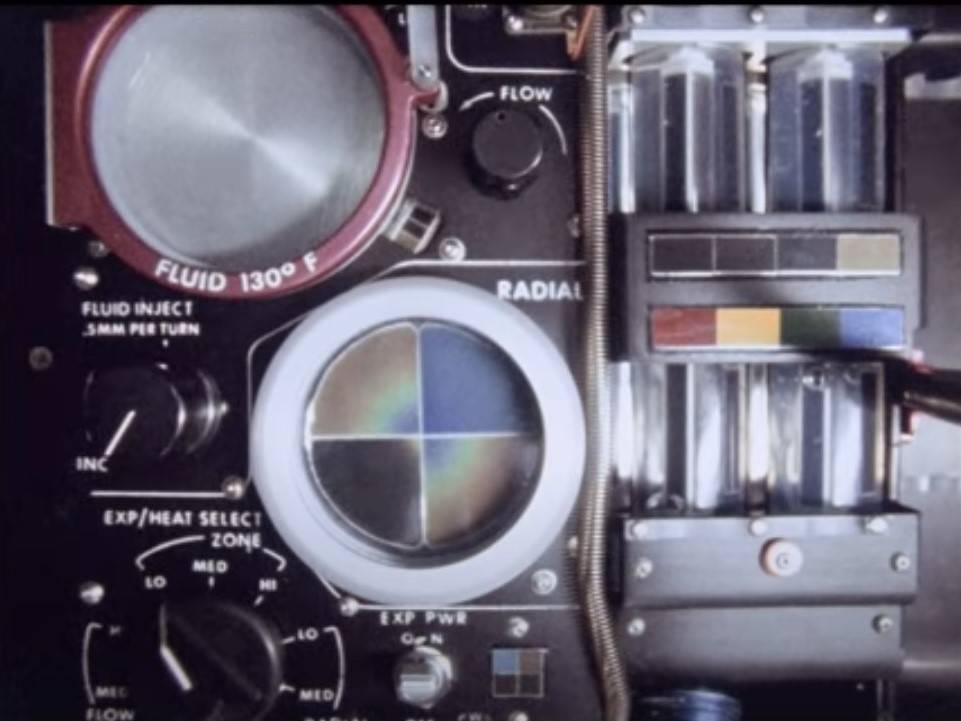
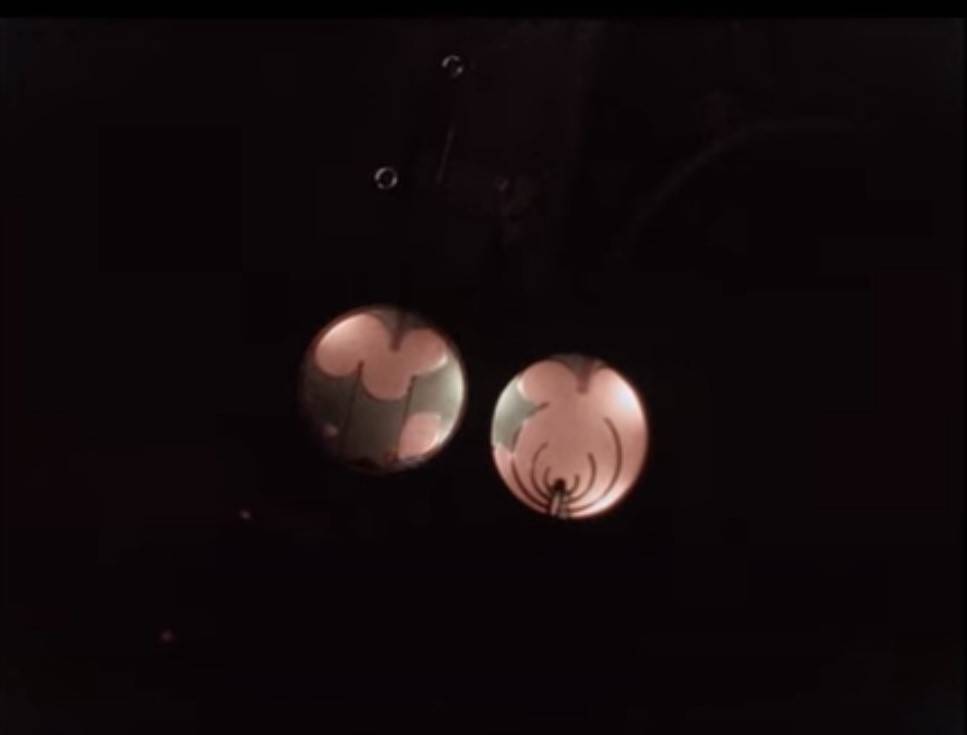
Left: The heat flow experiment conducted during Apollo 14’s return trip from the Moon. Right: The liquid transfer demonstration conducted during the trip back to Earth.
During a 50-minute television show, the astronauts demonstrated four of these experiments for Earth-bound watchers. Shepard, Roosa, and Mitchell took turns explaining not only the experiments and how they operated but also how they may prove useful to people on Earth, for a better understanding of physical processes that in weightlessness could possibly lead to production of better alloys or purer vaccines. Some of the experiments were precursors to more complex studies planned for the Skylab space station. Shepard closed out the broadcast with a wish that the work being done in space can contribute to peace on Earth. Shortly after the broadcast, the crew went to sleep, now just about 172,000 miles from Earth.
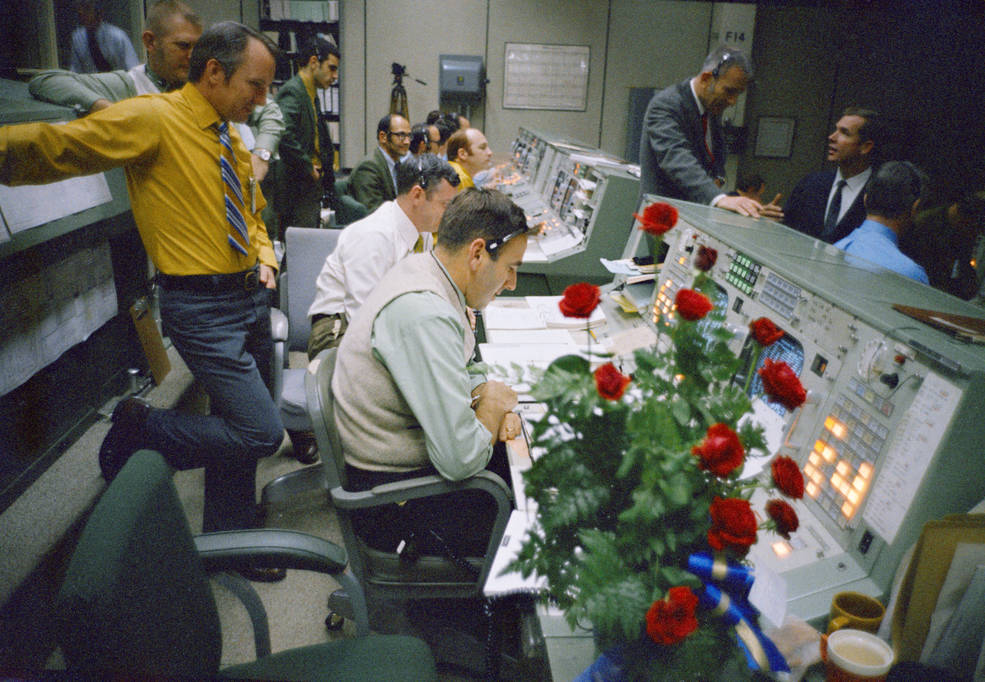
In a tradition dating back to Apollo 8, Cindy Diane of Montreal, Canada, sent a bouquet of red roses to the Mission Control Center at the Manned Spacecraft Center, now NASA’s Johnson Space Center in Houston. This bouquet arrived during Apollo 14’s eighth day in space. Flight Directors Gerald D. “Gerry” Griffin, standing at left, Glynn S. Lunney, and Milton L. Windler monitor the progress of the mission.
By the time Shepard, Roosa, and Mitchell awoke the next morning, they had closed that distance to Earth to about 150,000 miles, and the pull of the planet’s gravity continued to accelerate their spacecraft. Their last full day in space was relatively quiet. Significant activities included navigation tests, stowing the docking probe, and finishing the science experiments. They participated in the experiment to characterize the light flashes described by many astronauts that occurred with their eyes closed. The astronauts held a televised inflight press conference, responding to 14 questions submitted by news reporters and read up to them by capcom C. Gordon Fullerton. In a tradition dating to Apollo 8, a bouquet of red roses arrived in the MCC. Cindy Diane, who preferred to keep her last name private, from Montreal, Canada, sent the roses as her sign of respect and admiration for the work done by the teams in MCC.
By the time Shepard, Roosa, and Mitchell turned in for their last night’s sleep in space, they had closed the distance to Earth to 97,000 miles.
To be continued…
John Uri
NASA Johnson Space Center


























